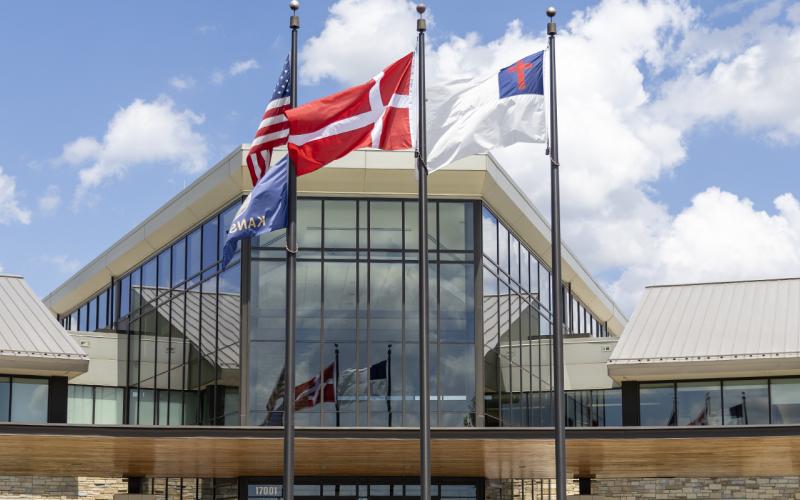
JESUS Film Harvest Partners officially turns 20

JESUS Film Harvest Partners continued its 20th anniversary celebration this week by marking its official creation date.
Twenty years ago, 29 August 1997, at the Jesus Film Project office in San Clemente, California, Louie Bustle and Paul Eshleman signed a historic partnership agreement between the Church of the Nazarene’s World Mission Department and the Jesus Film Project — Campus Crusade for Christ.
Bustle and Eshleman recounted JFHP’s origin story through a video, where Bustle highlighted the JESUS film’s impact on the church.
“I think this is the greatest tool God has given the Church in these years, and I’m just glad the Church of the Nazarene was a part of using this tool to build the kingdom of God,” Bustle said.
Leaders set the following initial goals for the project:
- 100 million evangelistic contacts
- 10 million decisions for Christ
- 3 million initial discipleship follow-ups
- 10,000 preaching points
Now, 20 years later – and with God’s help – all goals have either been exceeded or are on track to be exceeded.
JFHP reports the following 2017 statistics:
- 77.8 million evangelistic contacts
- 15.1 million decisions for Christ
- 6.9 million initial discipleship follow-ups
- 69,800 preaching points
“God has certainly been faithful to allow us to surpass these goals,” said Brian Helstrom, JFHP executive director.
JFHP held an anniversary celebration 20 June 2017 during the Church of the Nazarene’s General Assembly. Nearly 500 partners from around the world – Alaska to Zambia – attended the event. The theme of the celebration was “You get the thanks – God gets the glory!”
For more information on JESUS Film Harvest Partners, visit jfhp.org.
--JFHP



